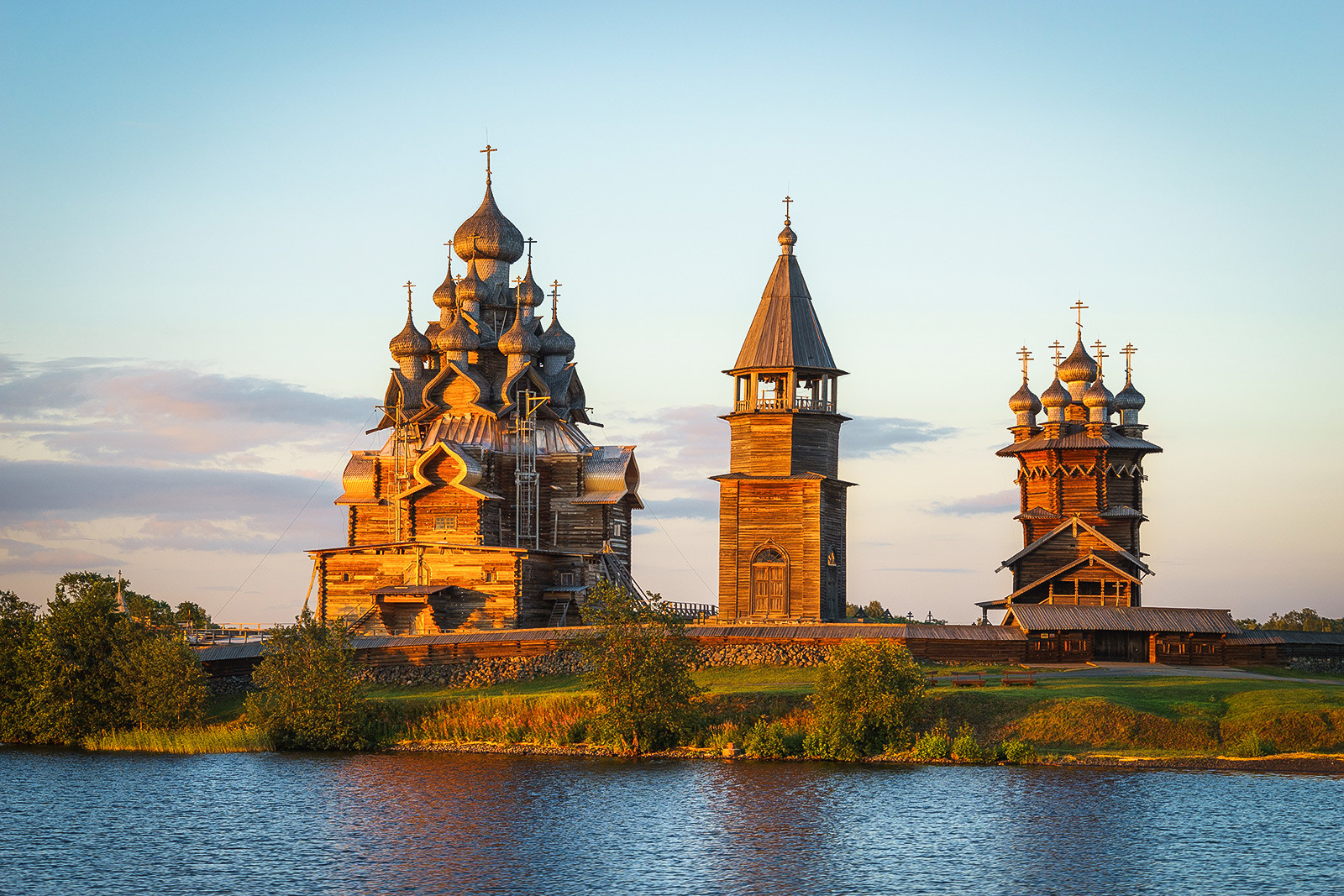
This gem of the Russian north dates back to 1714. According to the legend, its builder used just one
This octahedral multi-tiered church has 22 domes. Along with another wooden church, a bell tower
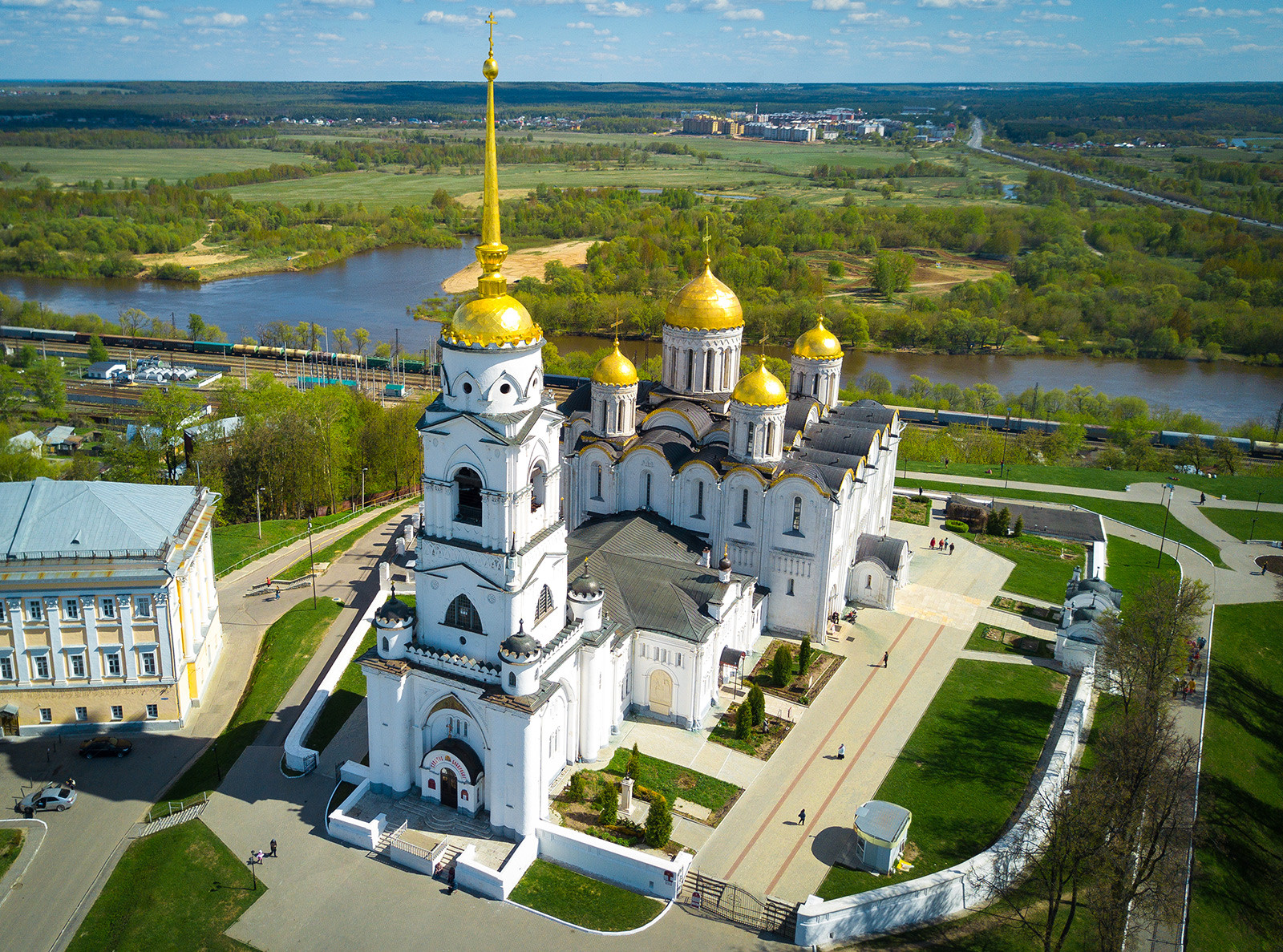
All sorts of things have happened to the cathedral over its long history. In the early 13th century, for example, the Mongols set it on fire, and Prince of Vladimir's wife and daughter, who had been hiding inside, died in the flames. Then in the 19th century, frescoes by Andrei Rublev, the famous icon painter of the late 14th-early 15th centuries, were discovered by accident during restoration work.

Yet another church from the time of Andrey Bogolyubsky, this is arguably the most famous symbol of his power and the prosperity of his Vladimir-Suzdal Principality. According to artist and art restorer Igor Grabar, the Church of the Intercession on the Nerl River is the closest to
The white stone building stands not far from the confluence of the Nerl and Klyazma rivers and, owing to the proximity of water, the meadow around the church is often flooded while the church stands picturesquely on its hill, surrounded by water.
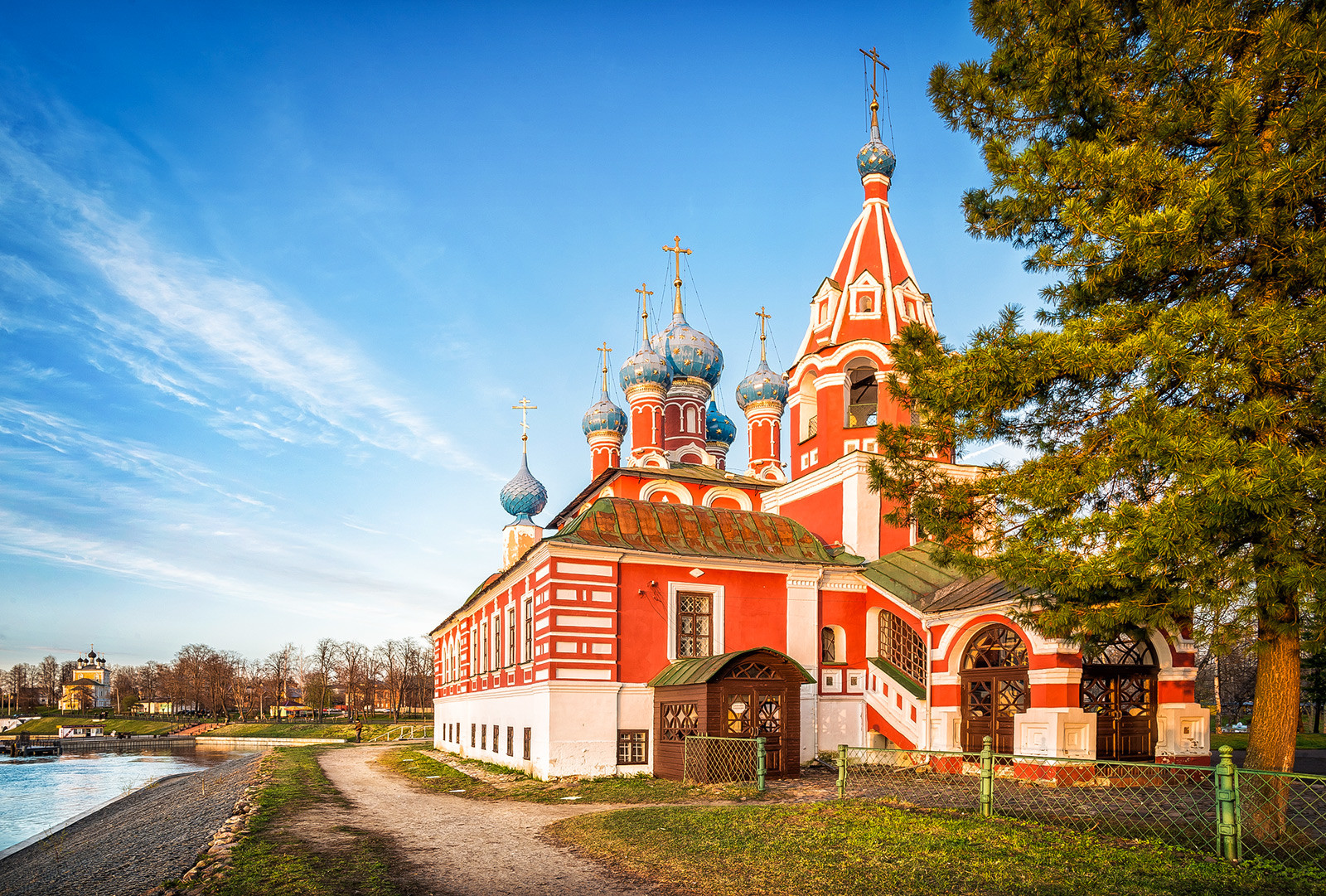
There are many legends surrounding the death of Prince Dmitry, Ivan the Terrible’s son. The most popular is that he was stabbed to death on orders from
A church, made first of wood and later (1692) of stone, was built on the site of his death on the banks of the Volga River, within the Uglich Kremlin.
Incredible 18th-century frescoes depicting Dmitry and the murder scene have survived inside.
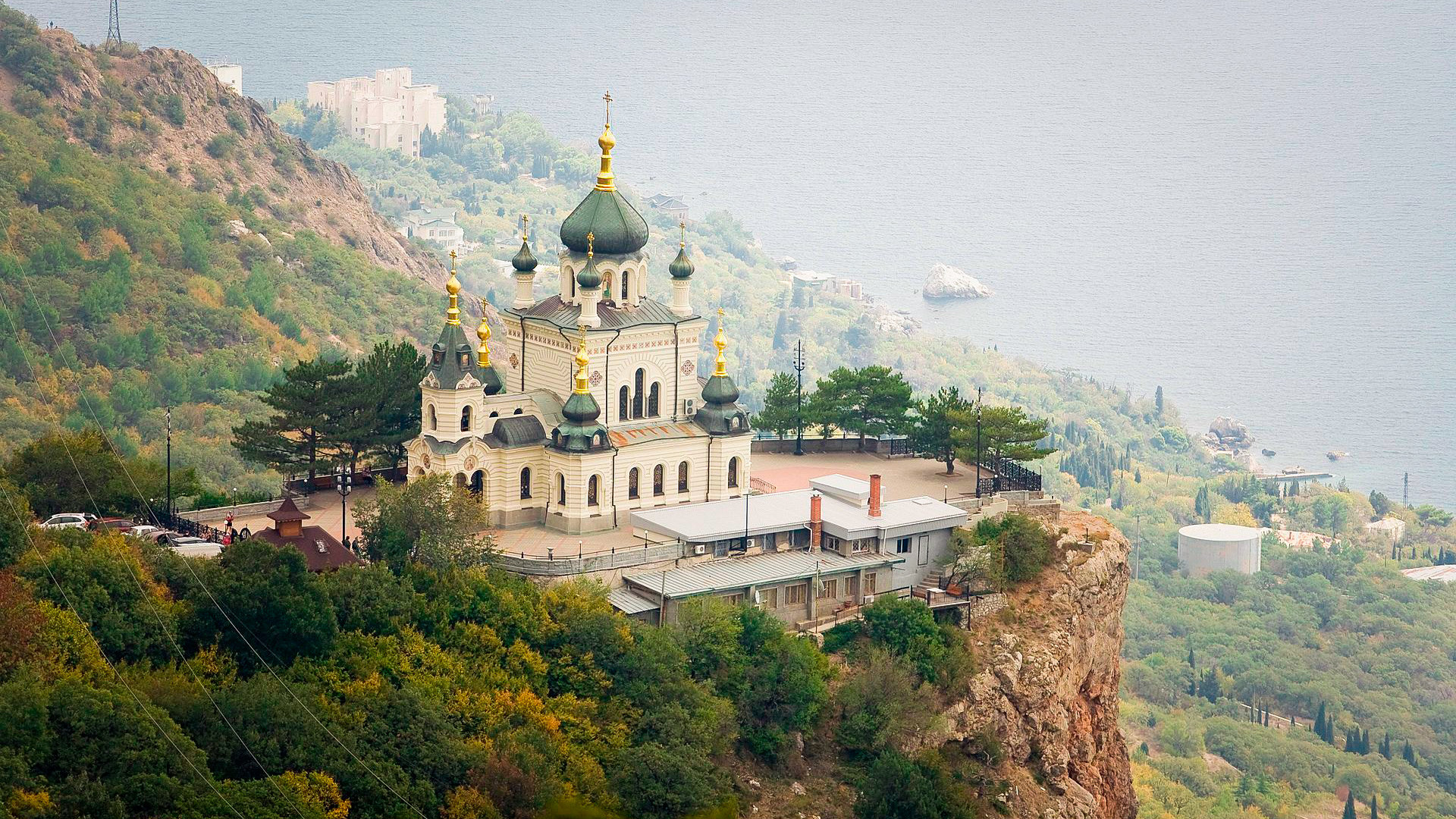
This amazing church rises over the cliffs overlooking the coast of Foros on the southernmost part of the Crimean Peninsula. It was built in 1892 and commemorates the Russian Imperial Family's miraculous survival in a train crash while en route to Crimea. After the accident, Tsar Alexander III supported the carriage roof on his shoulders until help arrived.
After the revolution of 1917, the church was closed and plundered. During World War II, a Red Army detachment was stationed here and the church was
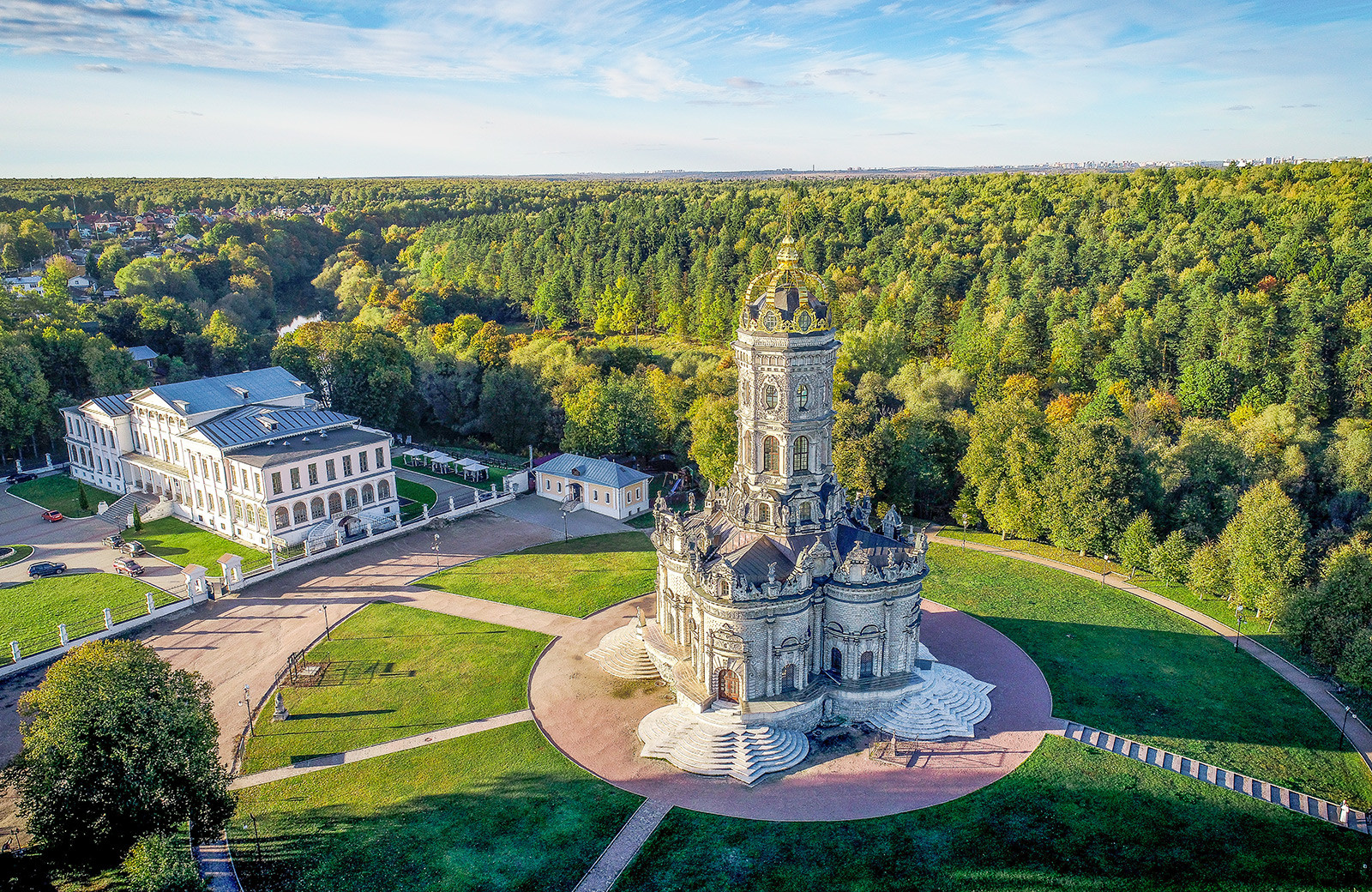
One of the most unusual Russian churches, it was once part of the Dubrovitsy Estate, which belonged to noble Moscow families. Nowadays, there is a restaurant and a registry office in the manor house, and the site is teeming with newlyweds posing for photographs against the backdrop of this beautiful church.
It was built at the end of the 17th century by unknown Italian architects who were invited by Prince Golitsyn, Peter the Great's tutor and owner of the estate at the time. In the Soviet period, the bell tower was blown up. Meanwhile, the church was first turned into a museum and then later shut down.
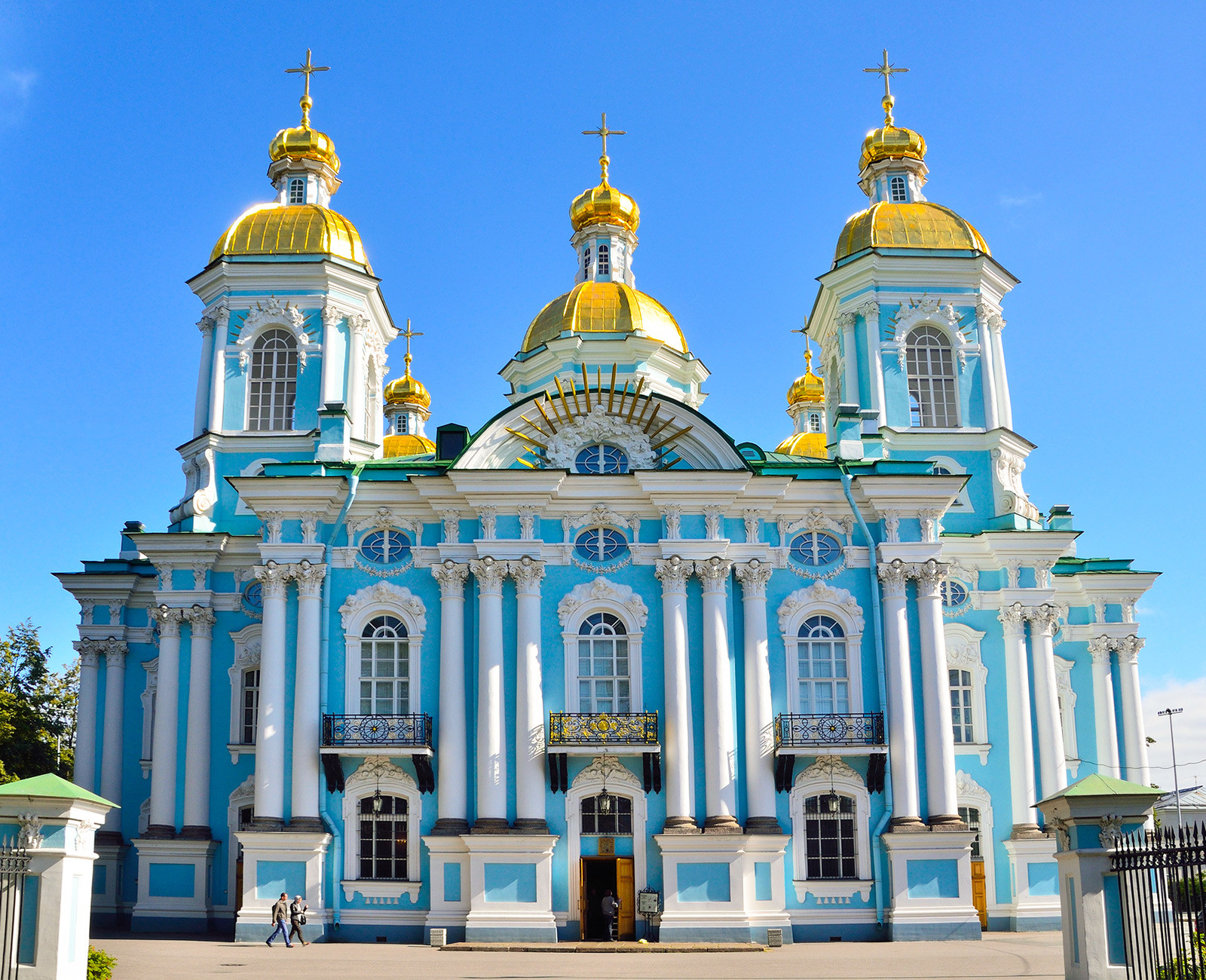
The church remained open during the Soviet period, and services were held here even during the hard years of starvation during the Siege of Leningrad. The burial service for renowned poet Anna Akhmatova was held here. Memorial services for navy men and submariners who have lost their lives are still carried out here.
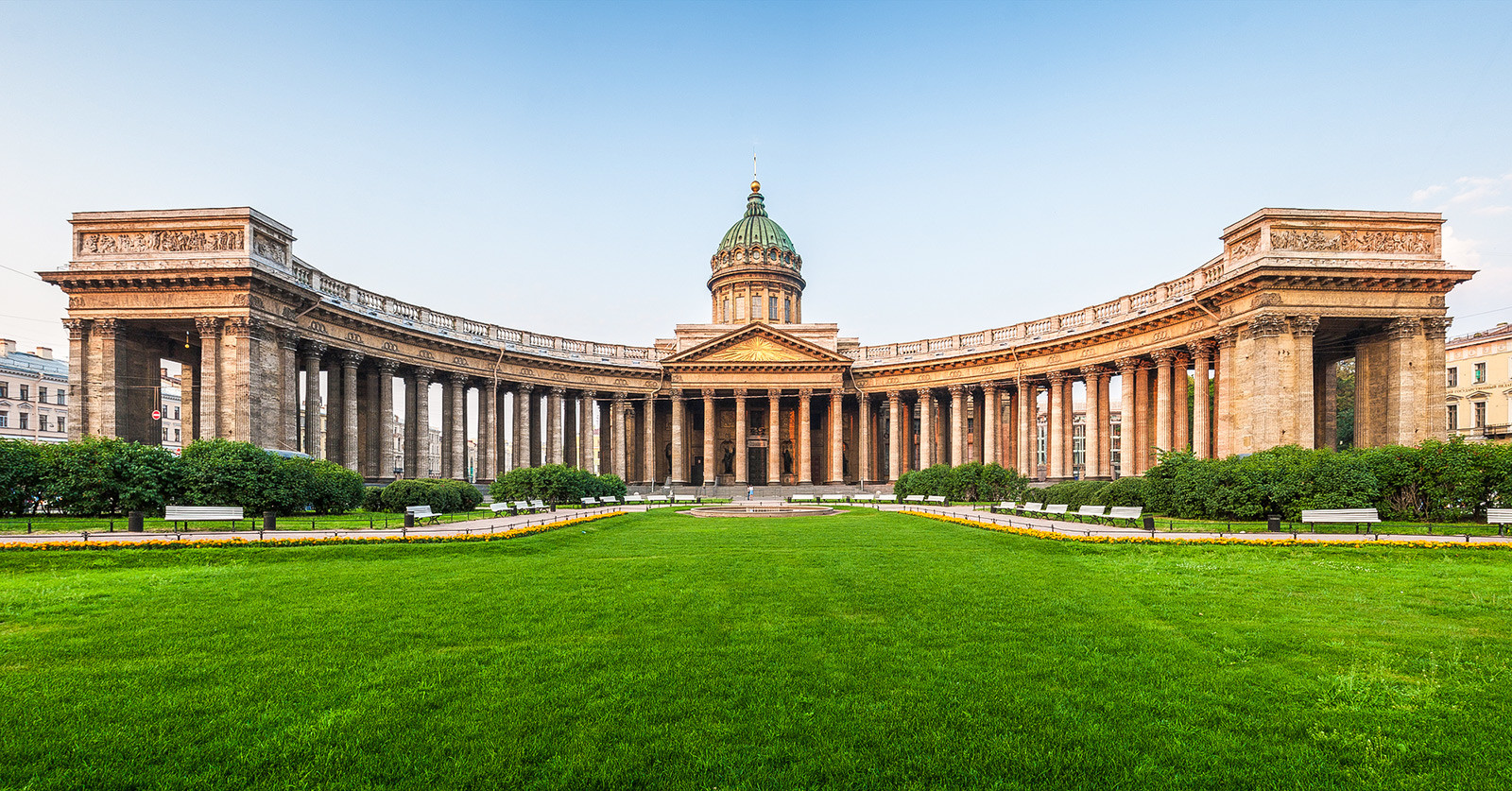
The best painters and sculptors of the time worked on its decoration, including Karl Bryullov and Vladimir Borovikovsky. Military trophies from the victory over Napoleonic France are kept here, and Field Marshal Kutuzov, the main hero of that war, is buried here.
In Soviet times, the cathedral housed the Museum of the History of Religion and Atheism, while the relics of saints were hidden in the attic. The unique silver iconostasis was lost — melted down, as it turned out. Church services resumed here in the 1990s.
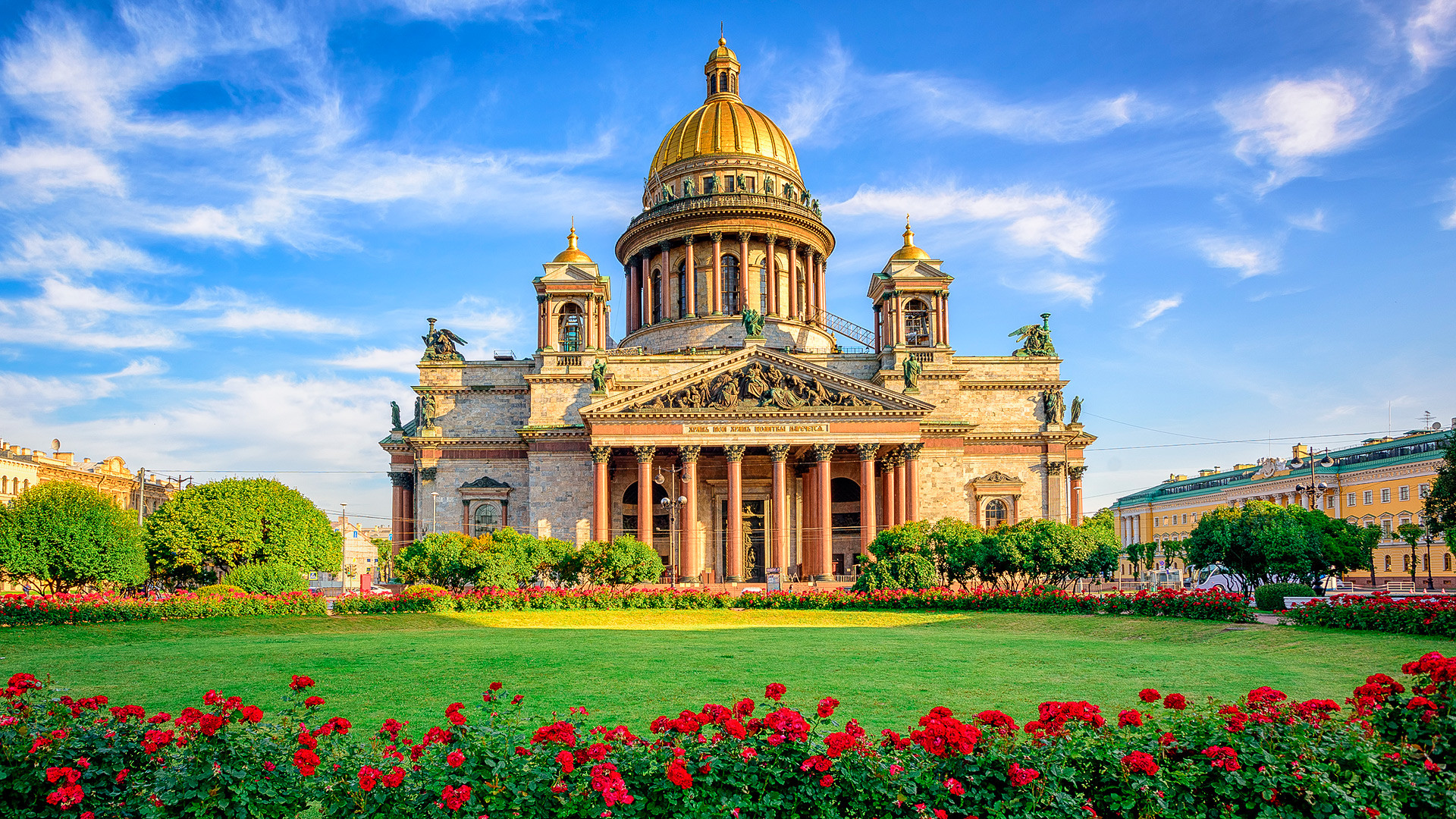
During the Siege of Leningrad, valuable exhibits from other museums were moved to the cathedral. Locals knew that the Germans used the tall building as a landmark and therefore wouldn’t bomb it.
The colonnade of St. Isaac's Cathedral is one of the highest viewing platforms in the city and one of its most popular tourist attractions.

In 1812, as French forces were withdrawing from Moscow they wanted to blow up the cathedral but did not enough time to go ahead with the plan. In the late 1920s, the Bolsheviks decided to demolish it, but architect and restorer Pyotr Baranovsky came to its defense, even sending a telegram to Joseph Stalin. As a result, the cathedral was left alone, but its champion was arrested and sent to the Gulag for "anti-Soviet activities." During the Soviet period, the building housed a historical and architectural museum. In the 1990s church services resumed, and the church was included on the UNESCO World Heritage site list. And, of course, it has become one of Russia's main landmarks.
VIDEO: This is one of the oldest and beautiful churches in Russia
If using any of Russia Beyond's content, partly or in full, always provide an active hyperlink to the original material.
Subscribe
to our newsletter!
Get the week's best stories straight to your inbox